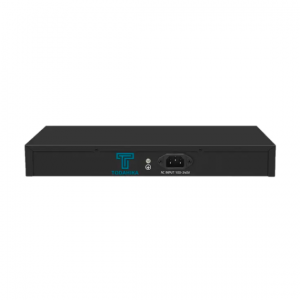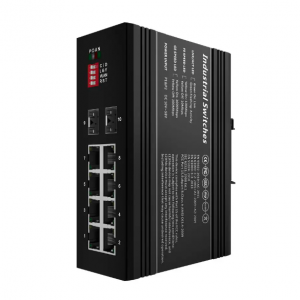As the landscape of wireless connectivity evolves, questions arise about the availability of outdoor Wi-Fi 6E and the upcoming Wi-Fi 7 access points (APs). The distinction between indoor and outdoor implementations, along with regulatory considerations, plays a crucial role in determining their current status.
In contrast to indoor Wi-Fi 6E, outdoor Wi-Fi 6E and the anticipated Wi-Fi 7 deployment have unique considerations. Outdoor operations necessitate standard power usage, differing from the low-power indoor (LPI) setups. However, it's important to note that the adoption of standard power is pending regulatory approvals. These approvals hinge on the establishment of an Automated Frequency Coordination (AFC) service, an essential mechanism to prevent potential interference with existing incumbents, including satellite and mobile television networks.
While certain vendors have made announcements about the availability of "Wi-Fi 6E ready" outdoor APs, the practical utilization of the 6 GHz frequency band is contingent upon the attainment of regulatory approvals. As such, the deployment of outdoor Wi-Fi 6E is a forward-looking prospect, with its actual implementation awaiting the green light from regulatory bodies.
Similarly, the anticipated Wi-Fi 7, with its advancements over the current Wi-Fi generations, aligns with the trajectory of outdoor deployment. As the technology landscape progresses, Wi-Fi 7's outdoor application will undoubtedly be subject to similar regulatory considerations and standards approvals.
In conclusion, the availability of outdoor Wi-Fi 6E and the eventual Wi-Fi 7 deployments are contingent on regulatory clearances and adherence to spectrum management practices. While some vendors have introduced preparations for these advancements, the practical application is bound by the evolving regulatory landscape. As the industry awaits the necessary approvals, the prospect of leveraging the full potential of the 6 GHz frequency band in outdoor settings remains on the horizon, promising enhanced connectivity and performance once the regulatory pathways are cleared.
Post time: Oct-10-2023





